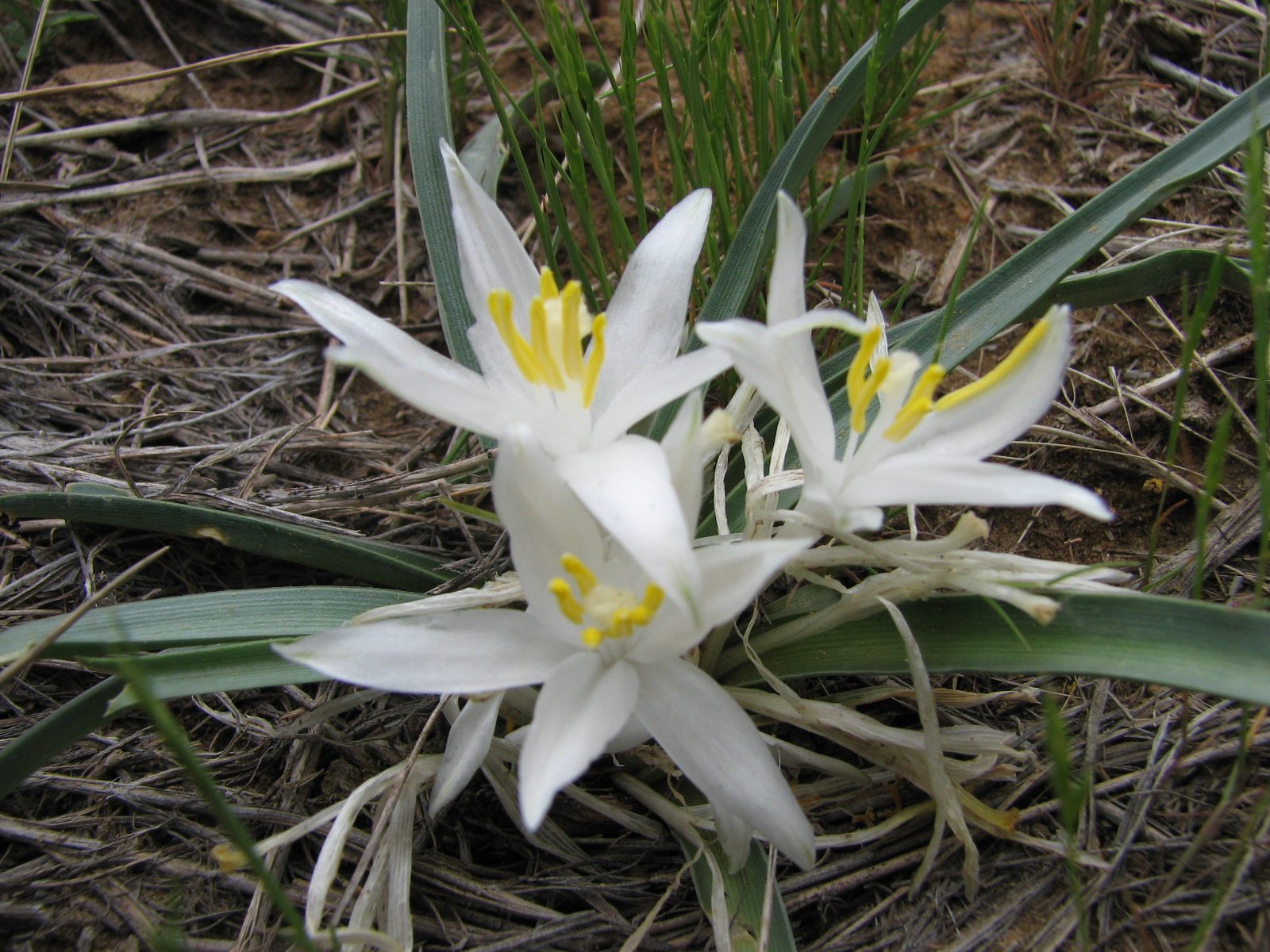Sand Lily Cultivation: Can You Grow Sand Lilies In The Garden


Sand lily plants (Leucocrinum montanum) grow across much of the open montane forests, dry grasslands, and sagebrush deserts of the western United States. This rugged and beautiful little wildflower is easily recognized by the sweet smelling, star-shaped white sand lily flowers on stalks rising from a basal clump of slender, grass like leaves. Sand lily plants grow directly from an elongated rhizome buried deep in the soil. Sand lily is also known as star lily or mountain lily.
Can You Grow Sand Lilies?
Yes, you can grow sand lily plants if you live in USDA plant hardiness zones 5 through 9. The important question is, SHOULD you grow sand lilies? If you can find plants or seeds at a garden center or nursery that specializes in native desert plants, you’re in luck and you can grow these lovely desert wildflowers at your heart’s content. If you can’t locate the plant or seeds commercially, please enjoy sand lily flowers in their natural environment. Attempting to start wildflowers is rarely successful and sand lilies are particularly difficult because the rhizome is so deep, and the seed is also below ground level. It may be tempting to try your hand at digging and transplanting (which is almost certain to fail), but remember that although wildflowers are fragile, they are an important part of an ecosystem consisting of butterflies and other pollinators, as well as birds and small animals.
Sand Lily Cultivation
If you have access to sand lily plants from a commercial provider, you can grow the plant in wildflower gardens, rock gardens, beds, or borders. Sand lily flowers require rocky, well-drained, alkaline soil and plenty of bright sunlight. Keep the plant slightly moist until the roots are established but be careful not to overwater.
Care of Sand Lily
In the natural environment, sand lilies survive punishing heat and poor, dry soil. Conditions in the garden should be similar and taking care of sand lily is easy because this plant doesn’t appreciate being fussed over. Water the plant only when the top 2 to 3 inches (5-8 cm.) of soil are dry or when the plant looks slightly wilted, as the plant will rot quickly in soggy soil. Sand lily plants generally require no fertilizer, but if growth seems weak in early spring, you can feed the plant very lightly using any balanced garden fertilizer.
Gardening tips, videos, info and more delivered right to your inbox!
Sign up for the Gardening Know How newsletter today and receive a free copy of our e-book "How to Grow Delicious Tomatoes".

A Credentialed Garden Writer, Mary H. Dyer was with Gardening Know How in the very beginning, publishing articles as early as 2007.
-
 Grow ‘Karl Rosenfield’ Peony Plants For The Ultimate Frilly Border Beauties And Cut Flowers
Grow ‘Karl Rosenfield’ Peony Plants For The Ultimate Frilly Border Beauties And Cut FlowersFor frilly double magenta peony petals infused with a heady fragrance, grow ‘Karl Rosenfield’ peony plants. Here’s how to cultivate the ultimate plushy blooms
By Tonya Barnett
-
 10 Common Composting Problems That Can Spoil Your Garden Gold – Plus Easy Fixes
10 Common Composting Problems That Can Spoil Your Garden Gold – Plus Easy FixesLearn how to troubleshoot common composting issues before they ruin your stash – from bad smells and bugs to materials not breaking down as they should.
By Susan Albert